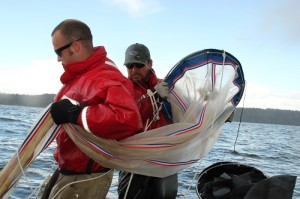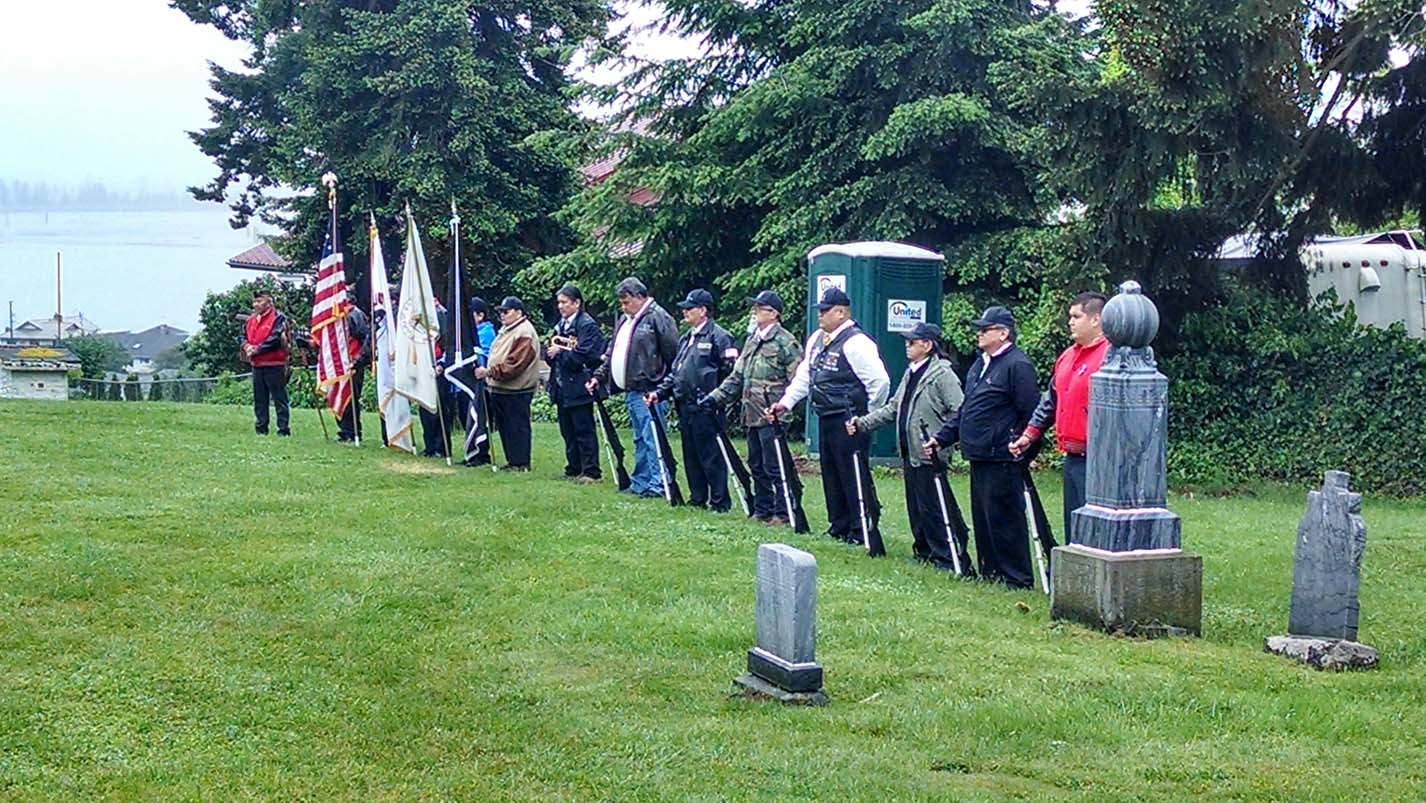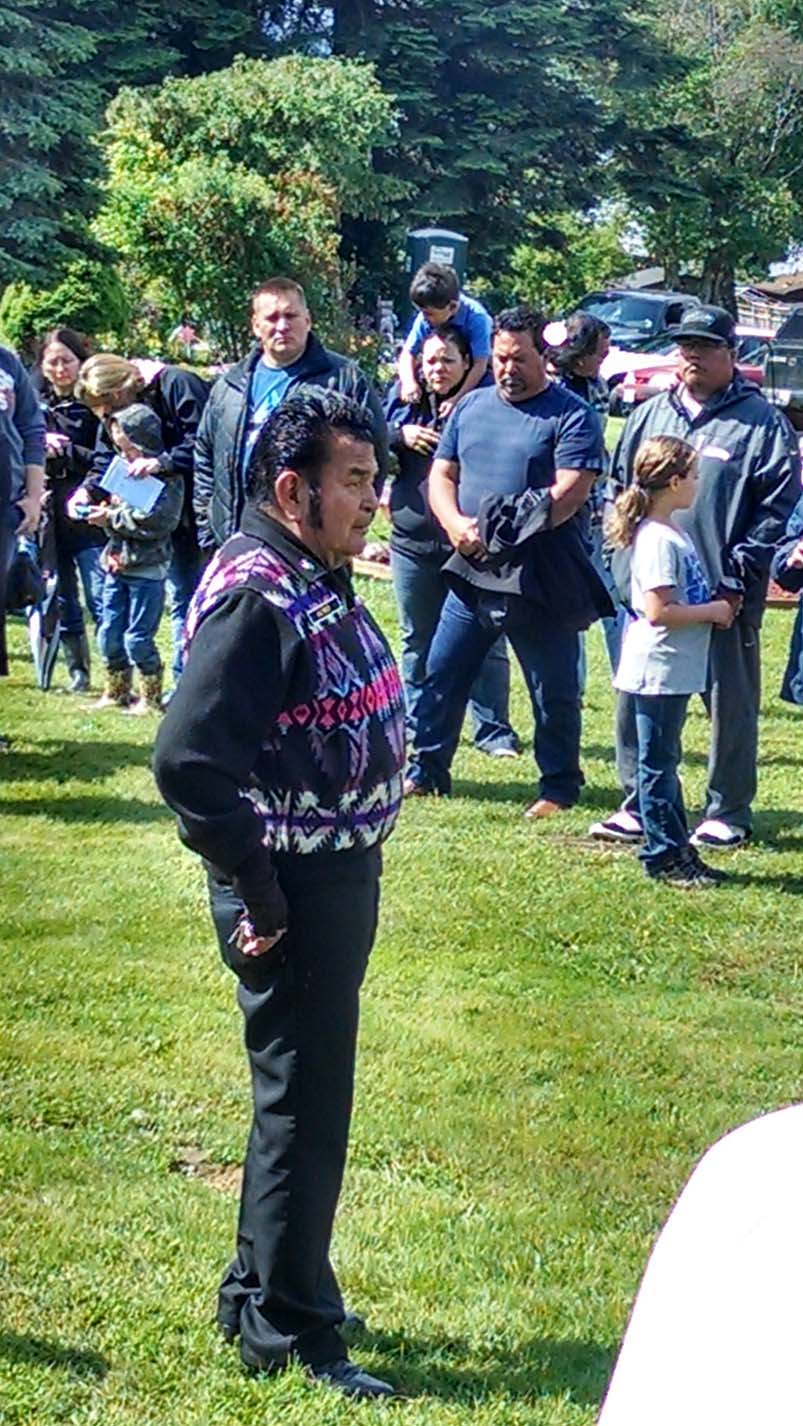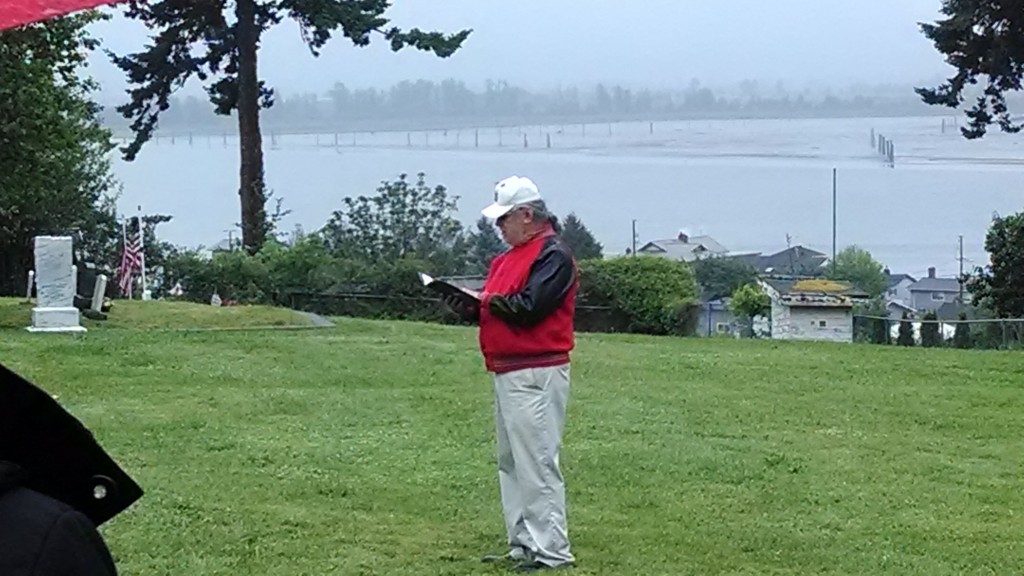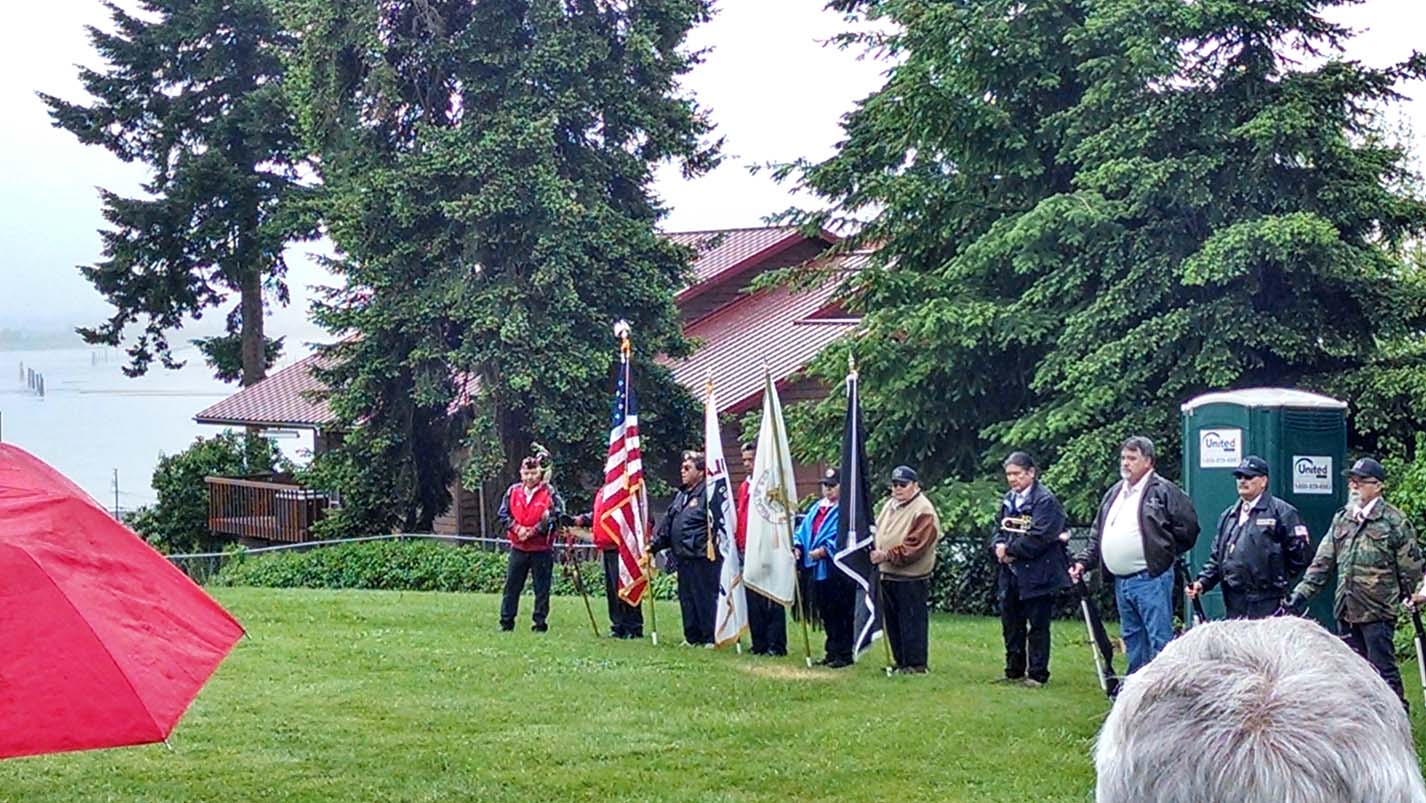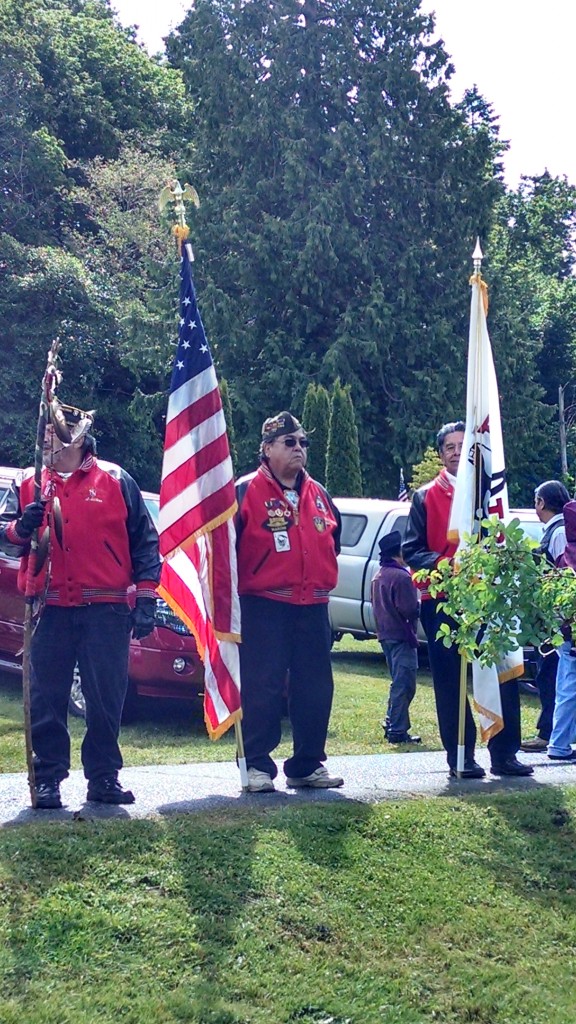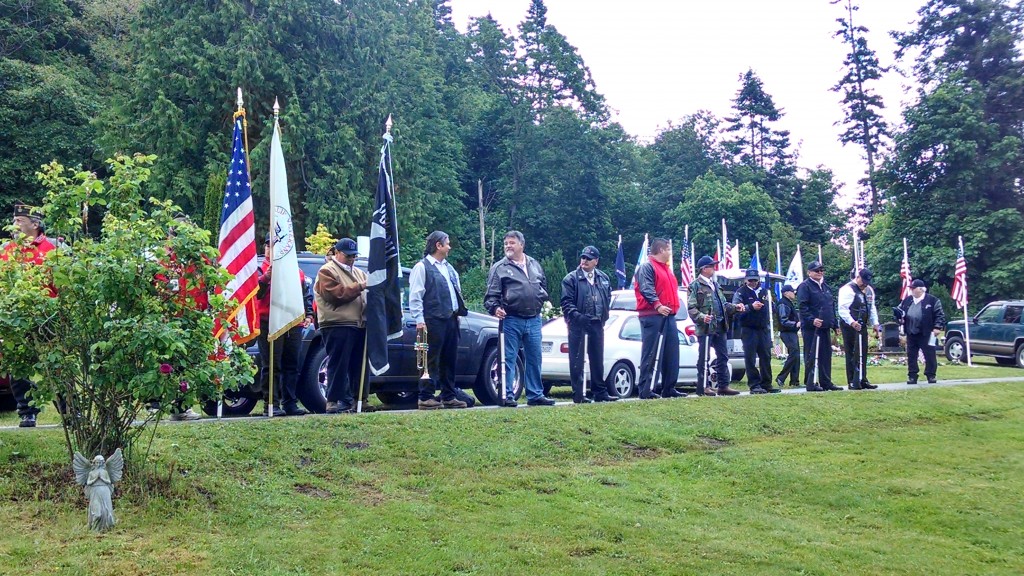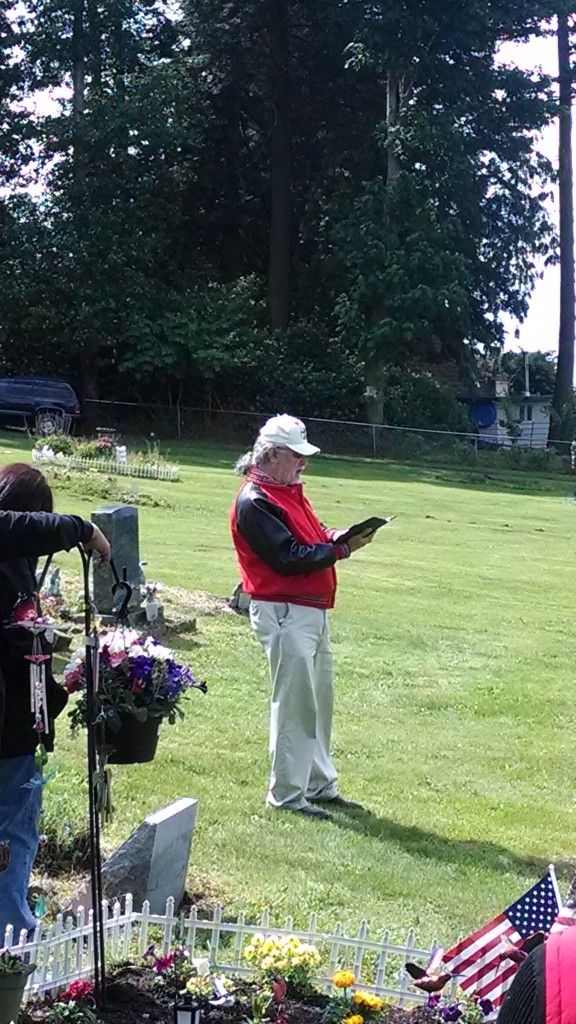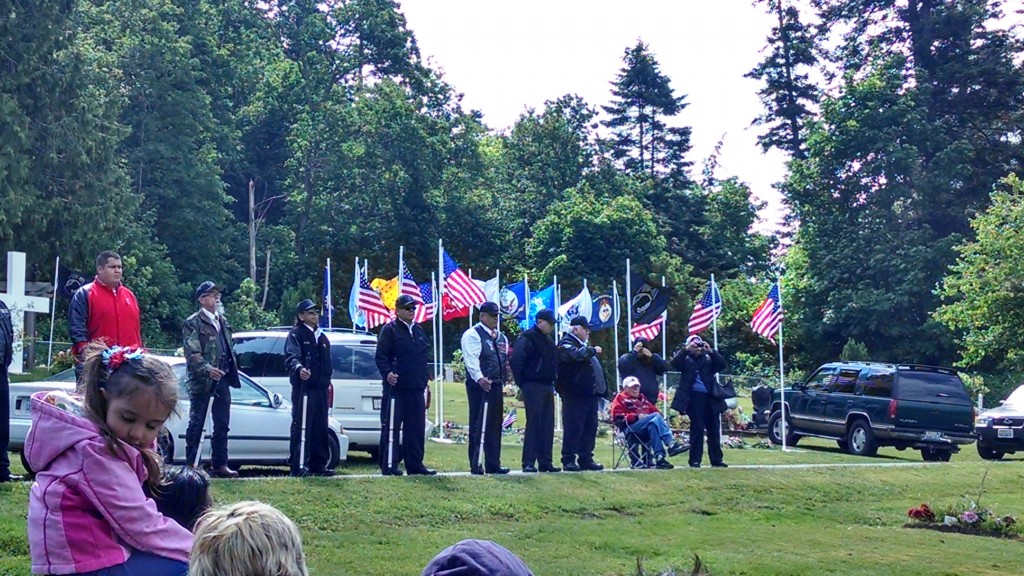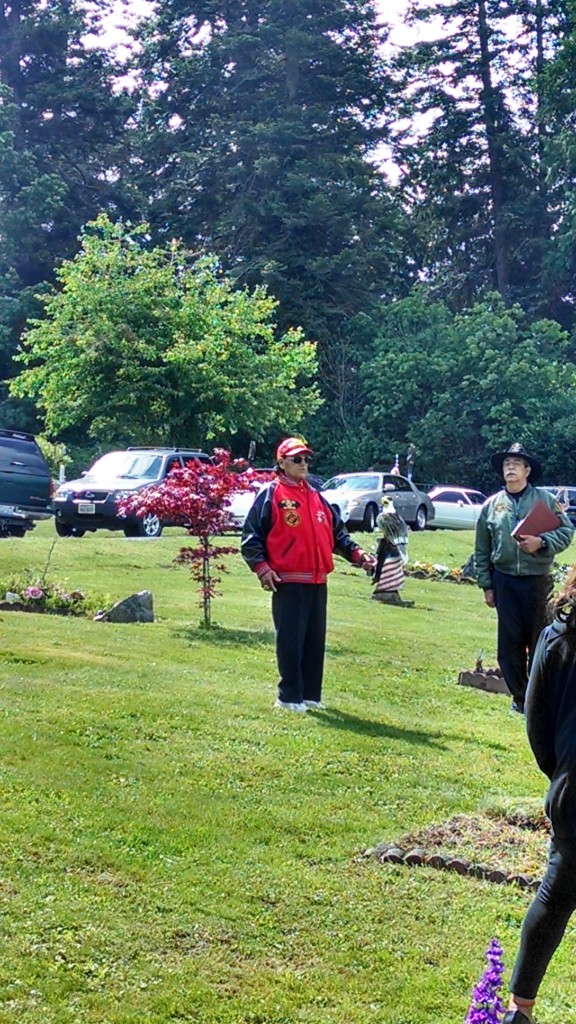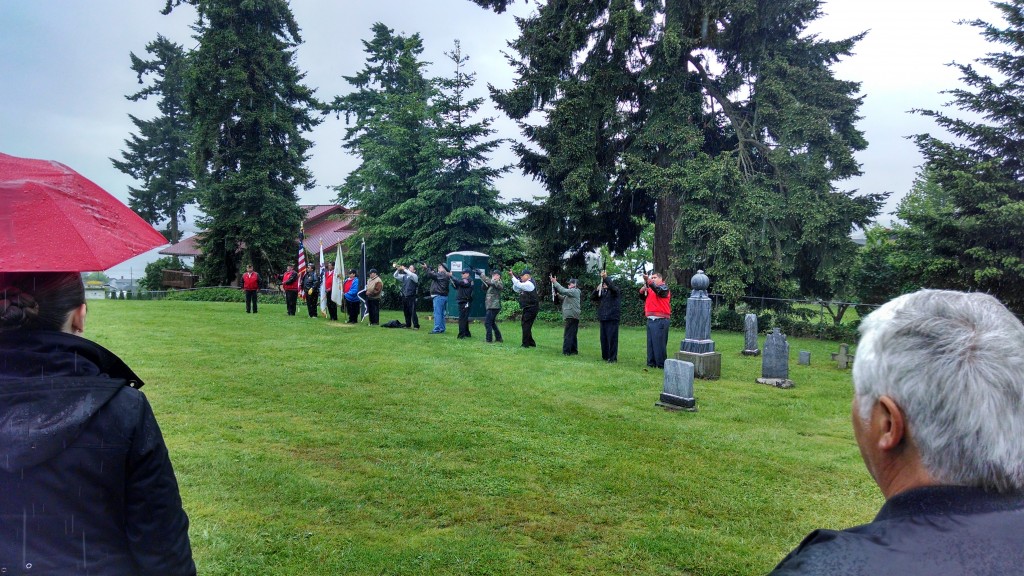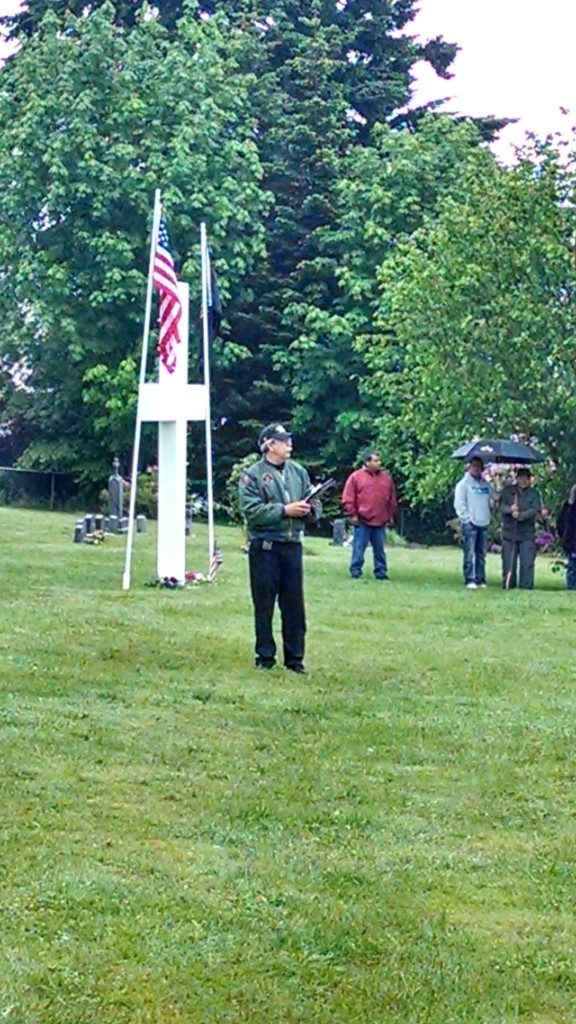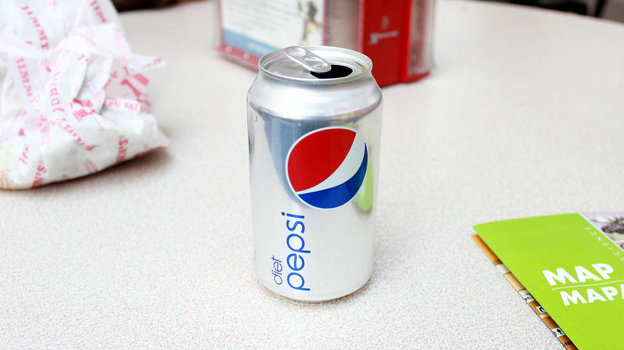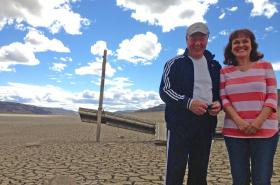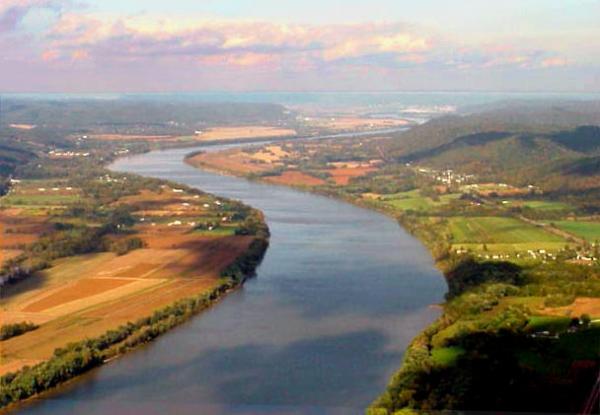By Andrew Gobin, Tulalip News

Marijuana, the scourge of our time. The gateway to a criminal underworld. The black market miracle medicine. Whether you are part of the outcry pleading for the legalization of marijuana or part of the opposition and fear created from reefer madness, we’ve all heard the propaganda and conspiracy theories. As Tulalip is faced with the decision to legalize or not, the issue has become shrouded in a haze of claims about the benefits and dangers of marijuana consumption. Results from a recent online survey conducted by the Tulalip Communications Staff highlighted some popular facts, misconceptions, and fears about marijuana consumption, which will be examined here:
Marijuana is harmless to smoke. There are no downsides, either for medical or recreational use.
False – Marijuana has many adverse effects on the human body. According to the Journal of the American Medical Association, heavy users of marijuana have long-term impairment of cognitive function, specifically with learning and the retention of new information. In testing, the American Academy of Neurology found that the rate of decreased productivity and cognitive impairment was directly related to the rate of increase in marijuana use.
Marijuana repairs the lungs, and actually is better for them.
False – The University of Washington Alcohol and Drug Abuse Institute reports that light use of marijuana, one to three times a month, caused no real harm or adverse effects on the pulmonary system. Heavy use, three to five times a week, caused a deterioration of lung tissue, and often contributed to users suffering a collapsed lung. In general, it is a lung irritant.
Marijuana repairs brain cells and promotes mental health.
True and false – This is a tricky aspect to understand, as it involves brain chemistry. The American Academy of Neurology explains that THC, the psychoactive cannabinoid in marijuana, inhibits the endocannabinoid system. The human endocrine system produces cannabinoid compounds in various organs. When THC is metabolized in the liver, the liver releases unusually high levels of endocannabinoids into the bloodstream. THC inhibits some of the cannabinoid receptors in the brain, which can help with mental disorders such as epilepsy and autism, yet the endocannabinoid compound levels are so high that the natural system becomes overstimulated. It is unclear exactly what the effects of overstimulation are.
It is certain, though, that marijuana users show signs of improvements in the nervous system, specifically growth and repair of nerve endings throughout the body, and nerve pathways in the brain.
Marijuana cures cancer.
True – Though not a cure, this claim is not entirely false. Reports from the American Cancer Association show that marijuana, in most cases, inhibits the growth of cancer cells, slowing down the aggressive nature of cancer. That same component works to prevent cells from binding together, which inhibits tumor growth.
Marijuana is not addictive.
False – While marijuana does not create chemical dependency, the way opiates and pharmaceutical drugs do, there is still a strong mental aspect to addiction. The overactive endocannabinoid system resulting from marijuana use creates a craving in the brain. Studies from the National Institute of Drug Abuse show subjects that have been clean of marijuana for more than a month still have long-term mental and behavioral effects, most notably an inability to feel satisfied with everyday life.
Marijuana is a great antidepressant and anti-anxiety medicine.
True and false – According to an article in Science News, marijuana, in low doses, is an effective antidepressant. However, heavy use, or prolonged use, can prove ineffective and even worsen depression, mostly in relation to the lack of satisfaction one experiences when they are not high.
As an anti-anxiety medication, low doses prove effective. Again, as use increases, anxiety can worsen. The National Institute of Drug Abuse, in addition to lack of satisfaction in everyday life, recorded a lack of coping ability with stress, leading to increased anxiety and irritability when not high.
Nobody has ever overdosed on marijuana.
True – There has never been a recorded overdose or death from marijuana consumption. The Australian Department of health conducted extensive tests on animals, looking at how much marijuana had to be consumed before a toxic level was reached. The result proved to be an unrealistic number. Though no humans were tested, for obvious ethical reasons, the hypothesized amount of marijuana needed to be consumed by the average human to reach a toxic level is approximately 8.5kg in one sitting. That’s 20lbs, or more than 300oz.
While there are no recorded deaths or overdoses from marijuana use, there are recorded deaths from the use of hash oil, though less than ten. Hash oil is processed marijuana, which extracts the THC from the marijuana leaves, and is on average five times more potent that marijuana. THC toxicity levels can be achieved in one sitting with the use of hash oil, especially by first time users. THC poisoning typically causes users to pass out. Most common resulting causes of death are apnea (the user stops breathing) or cardiac arrest.
Neither of these include statistics for accidents involving marijuana DUIs, or death related to impairment from marijuana use.
Marijuana is clean to use, there is no residue.
False – When you smoke marijuana, the residue from the THC seeps into fabrics, walls, and your skin. The Journal of the American Medical Association of Pediatrics reports a rising number of cases of infant and toddler marijuana poisoning. Most often, the cases are a result of contact with surfaces where marijuana has been smoked. The children absorb the THC residue through their skin. Symptoms recorded are excessive vomiting, irritability, and lack of balance, especially upon standing. Because they are infants and toddlers and vomit and fall often, these symptoms often go unnoticed. They are more easily spotted, though, in young children, preteens, and kids in their early teens.
These points were the most prominent points brought up repeatedly in the survey. Some are true, some are not, and some are exceedingly ambiguous. The answers here are what science has to offer for the marijuana debate.
Andrew Gobin is a staff reporter with the Tulalip News See-Yaht-Sub, a publication of the Tulalip Tribes Communications Department.
Email: agobin@tulalipnews.com
Phone: (360) 716.4188
